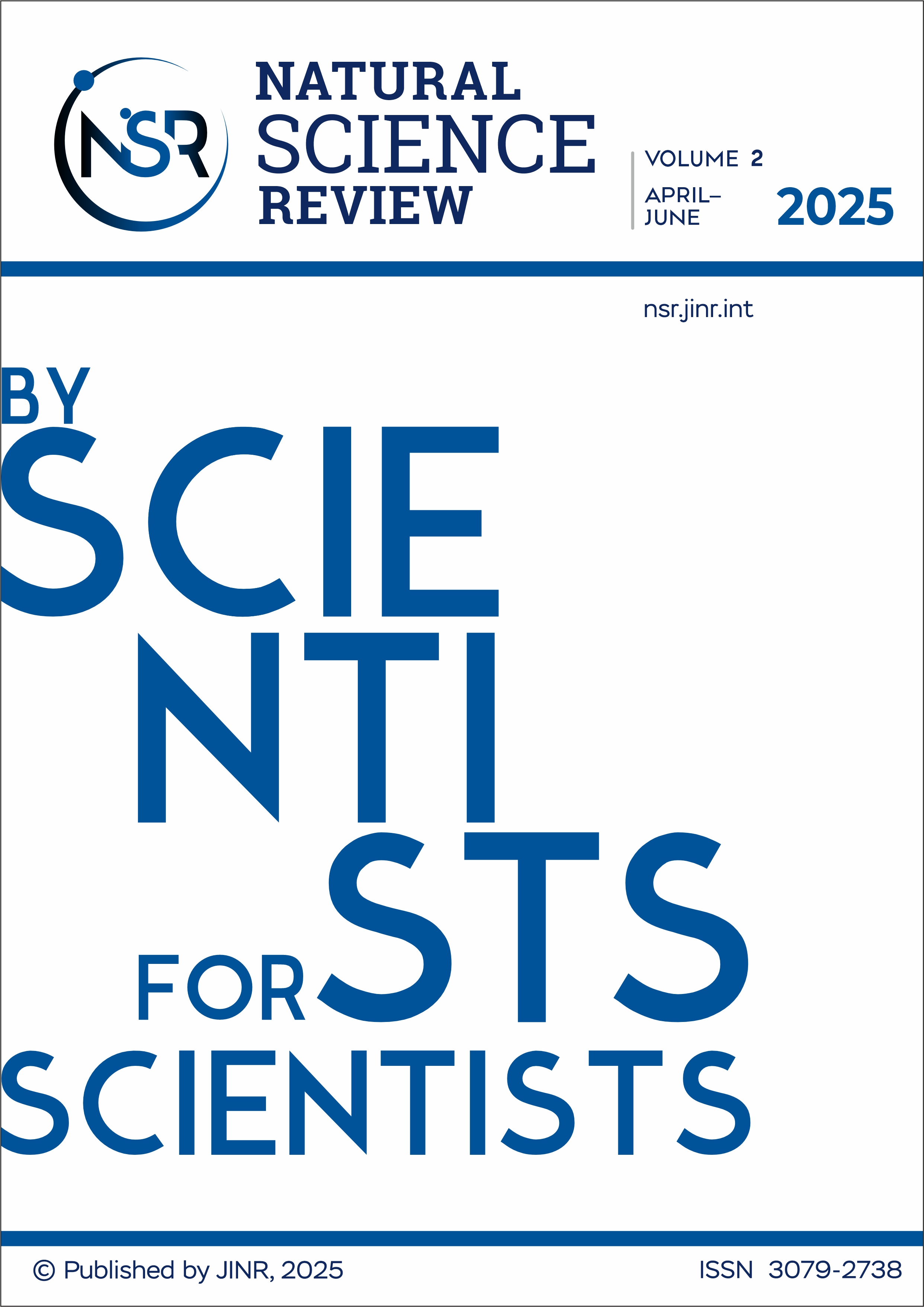Липид–белковые взаимодействия играют центральную роль в поддержании структурного и функционального баланса биологических мембран, влияя на широкий спектр клеточных процессов. Однако данные взаимодействия становятся патологическими при нейродегенеративных заболеваниях, таких как болезни Альцгеймера, Паркинсона и Хантингтона. При этих нарушениях неправильное сворачивание и агрегация таких белков, как бета-амилоид (Aβ), альфа-синуклеин (α-syn) и мутантный хантингтин (mHtt), разрушают липидный бислой, повреждая целостность мембраны, ее текучесть и передачу сигналов. В этом обзоре мы исследуем решающую роль липид–белковых взаимодействий при нейродегенеративных заболеваниях, подчеркивая, что неправильное сворачивание белков приводит к образованию токсичных агрегатов, которые встраиваются в мембраны, вызывая нейротоксические явления. Передовые спектроскопические методы сыграли важную роль в изучении этих молекулярных взаимодействий. Световые методы, включая Фёрстеровский перенос энергии (FRET), круговой дихроизм (CD) и рамановскую спектроскопию, позволяют в режиме реального времени получить представление об агрегации белков и динамике липидных мембран. Методы, основанные на нейтронах, такие как нейтронная рефлектометрия и малоугловое рассеяние нейтронов (SANS), дополняют и обогащают анализ липид-белковых взаимодействий, особенно в контексте нейродегенеративной агрегации.
Кроме того, в обзоре подчеркивается важность липидных микродоменов, в частности богатых холестерином липидных рафтов, которые способствуют агрегации белков, влияющих на прогрессирование заболевания. Также обсуждаются терапевтические стратегии в отношении липид–белковых взаимодействий с акцентом на то, как спектроскопические исследования способствуют разработке лекарств, стабилизирующих целостность мембран или предотвращающих токсическую агрегацию. Наконец, интеграция спектроскопии с вычислительными моделями, такими как молекулярная динамика (MD), представляется как многообещающий подход для выявления особенностей сложной динамики липид–белковых взаимодействий, обеспечивая более полную картину механизмов развития заболевания.


